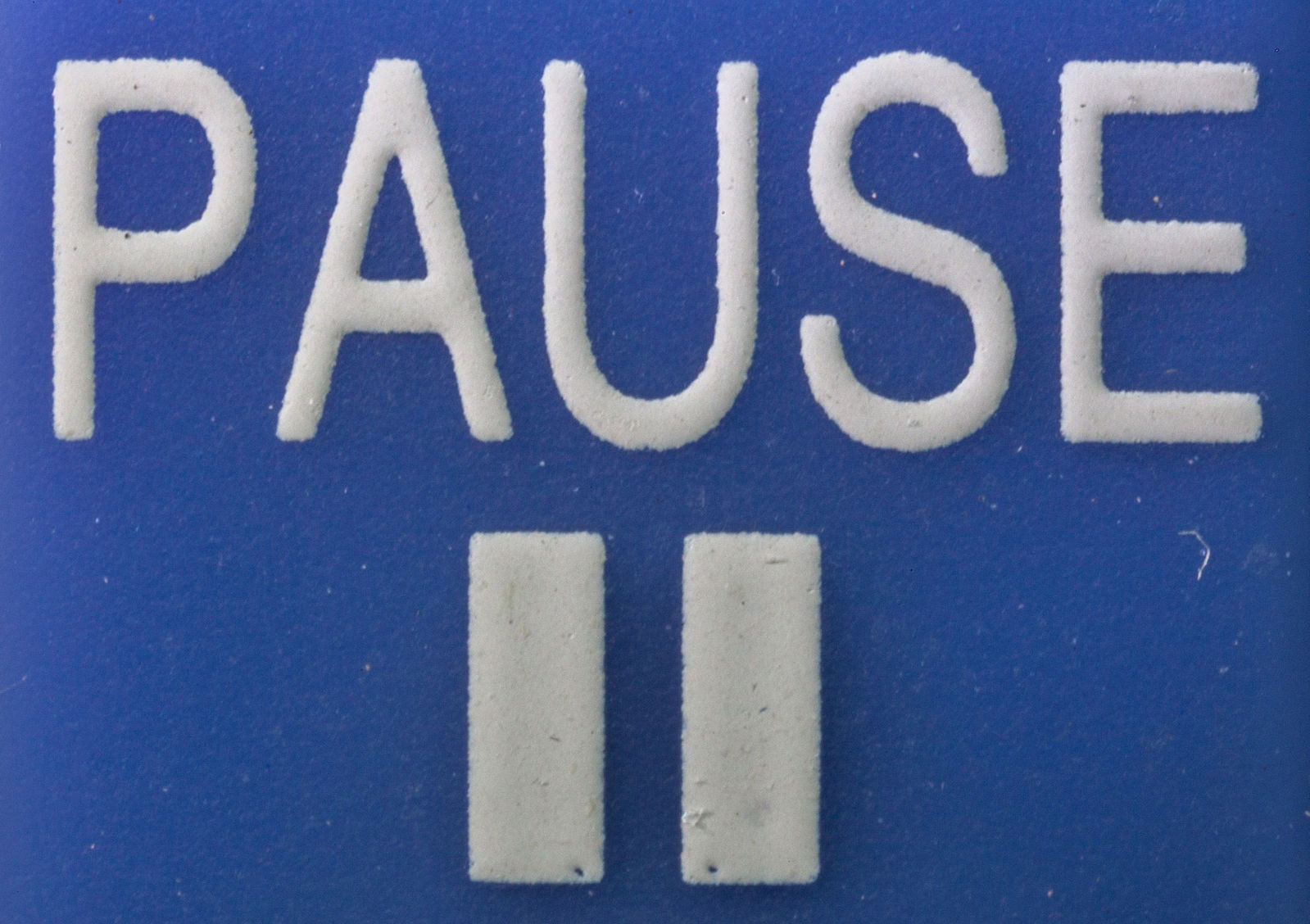At least they told us what they were going to do.
As much as critics of the Federal Reserve have been up in arms over the fastest rate hiking cycle in modern history, no one can claim it to be a surprise. Jerome Powell & Co. have continually warned that they are aggressively fighting inflation with a 5% target.
They said it in Fed minutes, they said it in pressers, they said it in speeches; we just took them figuratively, not literally. Given how much inflation was caused by non-monetary factors – fiscal stimulus, supply chain problems, too few houses, a labor shortage – many of us simply believed the Fed to be jawboning.
Today we find out if the belated, rapid rise from zero to 5%, breakage be damned, was sufficient.
My view is that it is; if anything, raising rates faster further increases rental costs and therefore drives owners’ equivalent rate (OER) up, making CPI even higher. While the word “Transitory” has gotten a bad rap, many of the pandemic-related pricing issues, including supply chains, lumber, shipping container costs, and semiconductor availability have improved, driving prices lower, and often back to pre-pandemic levels.
Critics have pointed out that many of the models the Fed relies on are outdated or even broken. The Fed knows this and has been undertaking various tweaks to improve them. But that’s a years-long process that certainly won’t help the people who get thrown out of work if the Fed is hell-bent on taking rates even higher.
“The long and variable lag of monetary policy” is a complex phrase that suggests ambiguity about when, where, and how higher rates manifest in a large and interconnected economy like that of the United States.
The truth is we simply don’t know.
What we do know is the fastest set of rate hikes in modern times have been breaking things, and if it continues, it’s likely to get worse. The good news is that goods prices have been coming down, and services, while still elevated, are beginning to trend in the right direction. Which is why the FOMC would be better off doing nothing, waiting to see what the next few months of data show.
We never want the cure to be worse than the disease…
Previously:
The Fed is Breaking Things (and it could get worse) (March 10, 2023)
A Dozen Questions for Jerome Powell, Fed Chair (March 6, 2023)
Why Is the Fed Always Late to the Party? (October 7, 2022)
Transitory Is Taking Longer than Expected (February 10, 2022)
Who Is to Blame for Inflation, 1-15 (June 28, 2022)



